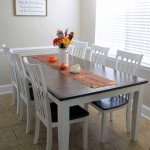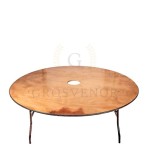Designing a Raised Bed Vegetable Garden
Raised bed vegetable gardens are an excellent way to grow your vegetables in a controlled environment. They are ideal for small spaces, poor soil conditions, and areas with short growing seasons. Raised beds can also help to improve drainage, prevent soil compaction, and extend the growing season.
When designing a raised bed vegetable garden, there are several factors to consider, including the size, shape, and materials used. The size of the bed will depend on the space available and the amount of vegetables you want to grow. The shape can be rectangular, square, or L-shaped, and the materials can be wood, concrete, or cinder blocks.
The first step in designing a raised bed vegetable garden is to decide on the size and shape. The size of the bed will depend on the space available and the amount of vegetables you want to grow. A good rule of thumb is to make the bed no wider than 4 feet so that you can reach all parts of the bed without stepping on it. The length of the bed can be anything you want, but it is important to keep in mind that longer beds will be more difficult to water and maintain.
The shape of the bed is up to you, but the most common shapes are rectangular, square, and L-shaped. Rectangular beds are the easiest to build and maintain, while square beds are more space-efficient. L-shaped beds are a good option if you have a small space or if you want to create a more interesting design.
The next step is to choose the materials for the bed. The most common materials used for raised beds are wood, concrete, and cinder blocks. Wood is a good option because it is relatively inexpensive and easy to work with. However, wood can rot over time, so it is important to choose a rot-resistant wood such as cedar or redwood.
Concrete is a more durable option than wood, but it is also more expensive and difficult to work with. Cinder blocks are a good compromise between wood and concrete. They are relatively inexpensive and easy to work with, but they are not as durable as concrete.
Once you have chosen the size, shape, and materials for the bed, you can start building it. The construction process will vary depending on the materials you are using, but the general steps are the same. First, you will need to level the ground and create a frame for the bed. Then, you will need to fill the bed with soil and compost. Finally, you will need to plant your vegetables.
Raised bed vegetable gardens are a great way to grow your own food. They are easy to build and maintain, and they can help you to grow more vegetables in a smaller space.

Raised Bed Garden Design How To Layout Build

4x8 Raised Bed Vegetable Garden Layout Ideas

Growing Fruit And Veg Design Layout 2024 Living Lightly In

4x8 Raised Bed Vegetable Garden Layout Ideas

The Ultimate Raised Garden Beds For A Front Or Backyard Vegetable

Vegetable Garden Design Basics Forks In The Dirt

Raised Garden Bed Ideas Plans 2024 Family Food

Raised Bed Vegetable Garden Plan Modern Frontierswoman

Flower Bed And Raised Ideas Hgtv

Vegetable Garden Design Basics Forks In The Dirt








